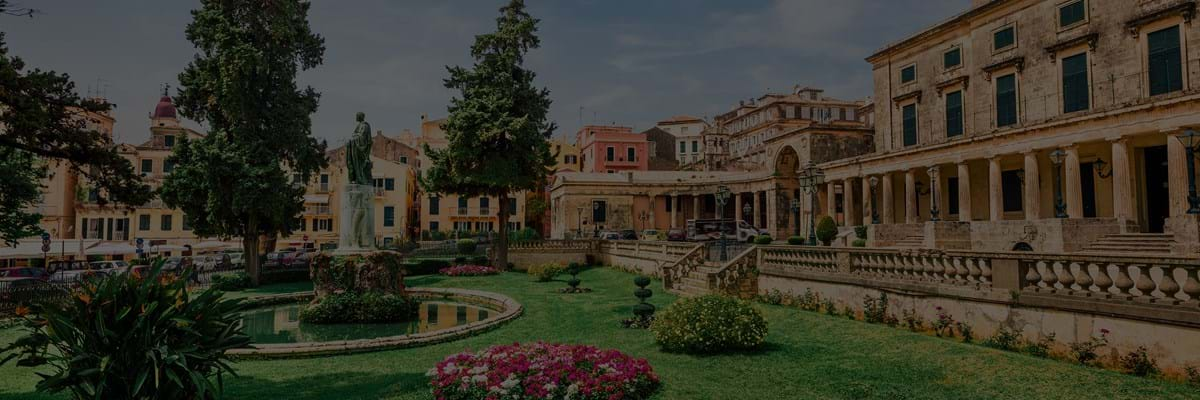Where would you expect to find Chinese porcelain, Japanese netsuke, Nepalese figurines and the garments of Central Asian nomads? If your answer was not Corfu, you will be in for a delightful surprise at the Museum of Asian Art.
The museum, housed in the Palace of Saint Michael and Saint George, on Palaia Anaktora, has four fascinating permanent collections from China, Japan, South East Asia and Central Asia.
Entry is half price from November to March inclusive, and waived completely on several museum promotional days, and is also free for under-18s and students, with a verifiable identification, and for escorts of visually or physically impaired visitors. The museum is open most days from 8am to 8pm and there are buses from the port of Corfu.
The Chinese collection features ceramics from the late Shang era until the Qing dynasty (12th century BC to 10th century AD) as well as brass, sculpture, lacquers, ivory, miniatures, clothing, jewellery and coins.
More than 6,000 Japanese items range from prehistoric discoveries to contemporary art, including woodblock prints, ceramics, sculpture, watercolours and carved netsuke fasteners, with work by Hokusai and one of the few surviving paintings of the artist Sharaku.
The South East Asia collection covers India, Thailand, Cambodia, Nepal, Tibet and the ancient state of Gandhara, with stone figurines, like an 11th-century carving of a goddess from a Hindu temple, plus bronzes, gold-plated brass with precious stones, and painted ceremonial flags.
There are about 200 items of Central Asian nomadic art, dating back to the 19th century, featuring garments like a girl’s velvet cap with silver embroidery, as well as rugs, textiles, jewellery and coins.
Founded in 1928, and established with bequests from two former Greek overseas ambassadors, the museum also hosts special exhibitions and events, like a celebration of World Yoga Day.



